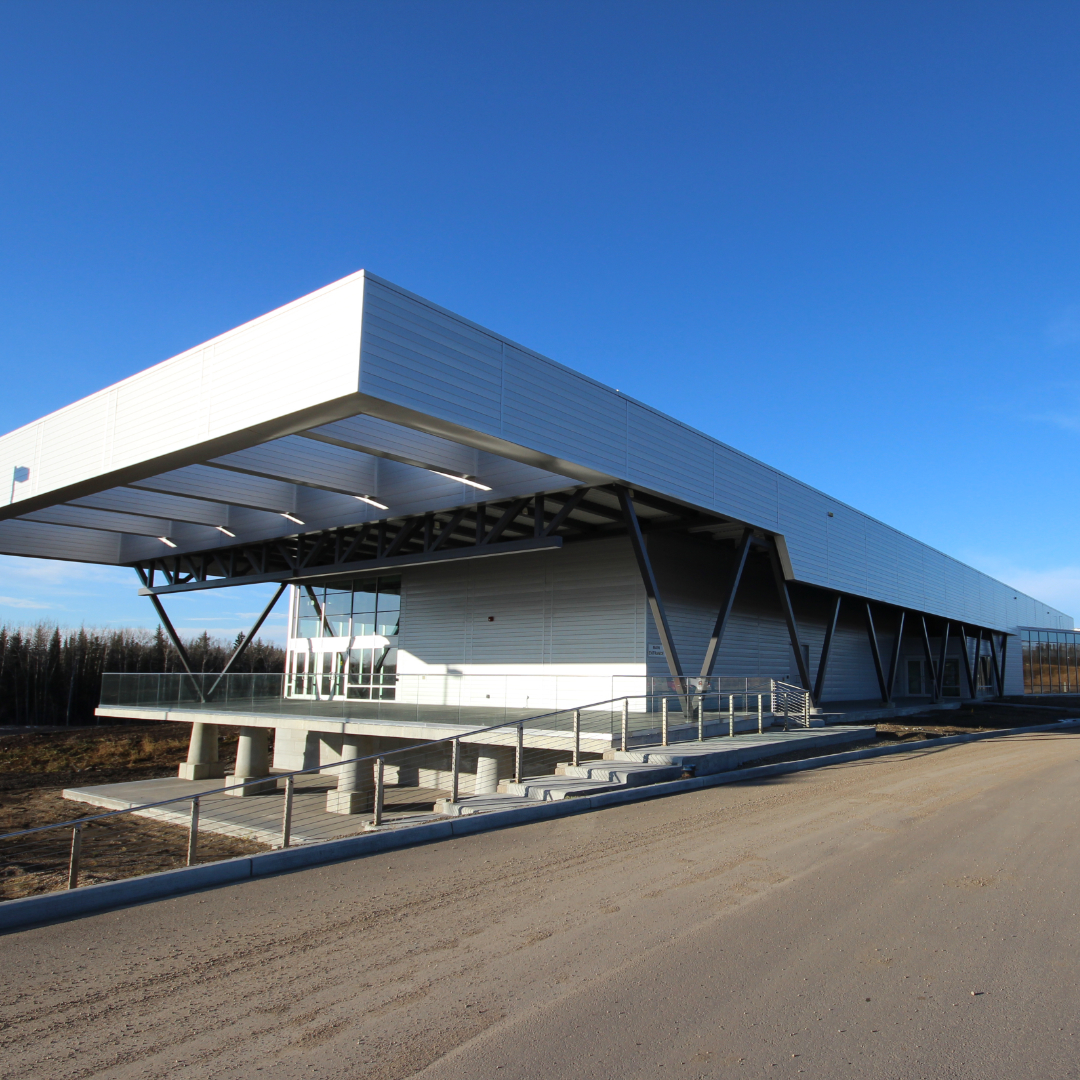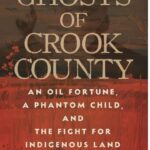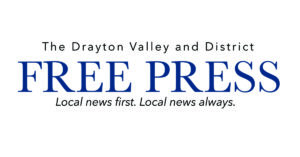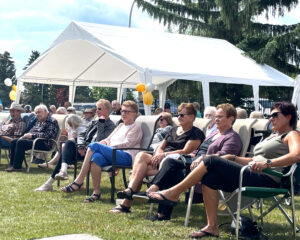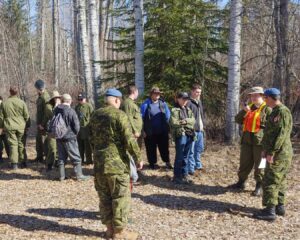In partnership with the University of Alberta’s Community University Partnership (CUP) town council will be looking at different ways that Drayton Valley residents can work to generate local wealth for the community.
Geraldine Cahill, the director of UpSocial Canada who works with CUP, along with Dr. Maria Mayan from the U of A, spoke to council about initiatives that other municipalities have taken on to help stimulate local economies.
CUP has been working in Drayton Valley since 2020, when they helped the Town develop the Zero Fee Tuition Program, now called the Tuition Assistance Bursary. The partnership was developed for a research project to explore whether the ZFT program could be a mechanism for an inclusive economy.
“The results so far have been very positive, both on employment and also for quality of life for participants,” said Cahill.
Cahill told council they had engaged with stakeholders during the research and found a strategy that they would like to explore with the Town. They believe that Rural Wealth Creation could be an effective initiative to help Drayton Valley navigate increased costs in a way that can benefit the entire community.
“Across the country there has been a pattern of downloading costs and responsibilities to municipalities… without much change in capital transfers,” said Cahill. “That puts a great deal of strain on municipal governments and single-resource towns have been hard hit by this.”
With RWC, the Town would work together with residents to develop ways that residents can invest in community projects as part of their retirement, thus ensuring a larger chunk of local money stays in the municipality.
Over the past few years communities across the country have achieved economic stability by using programs such as co-operatives, local procurement, employee ownership and other succession models, community bonds, community land trusts and more. Cahill also provided examples from some of the municipalities that have gone in this direction.
In 2002, the municipality of Westlock learned that their grain terminals were going to be sold. As agriculture was one of the important sectors for the community, there was concern about how the sale could affect the local economy. So, instead of letting the grain terminals go, the community worked together to raise $1.2 million to purchase the grain terminal.
Those who invested in the terminal now get yearly dividends for their investment. They also have the most profitable terminal for its size in Canada and are planning on diversifying into a transport company.
Cahill says that the size of the municipality may play a role in which type of community program would work best.
Mayor Nancy Dodds asked Cahill how the Town could move forward with the plan as they would have to play a role in whatever path residents choose to move forward with.
“As the Town, as leaders, we want to be involved, but we don’t want to be getting in the way,” said Dodds. “How do you make sure that everyone has their say when you’re picking that.”
CUP has a workshop planned for May 5 at Clean Energy Technology Centre to help brainstorm some ideas that may work in the community. Cahill says everyone is welcome to attend and they will be looking at community assets as well as asking attendees what their priorities are.
Cahill says once they get some feedback from the meeting, she can use those priorities and ideas to generate profiles of which programs could best address them and how it would affect the community.
“Then we can shop them around for several months,” says Cahill. “I don’t want to rush the process so that people have a chance to weigh in.”

